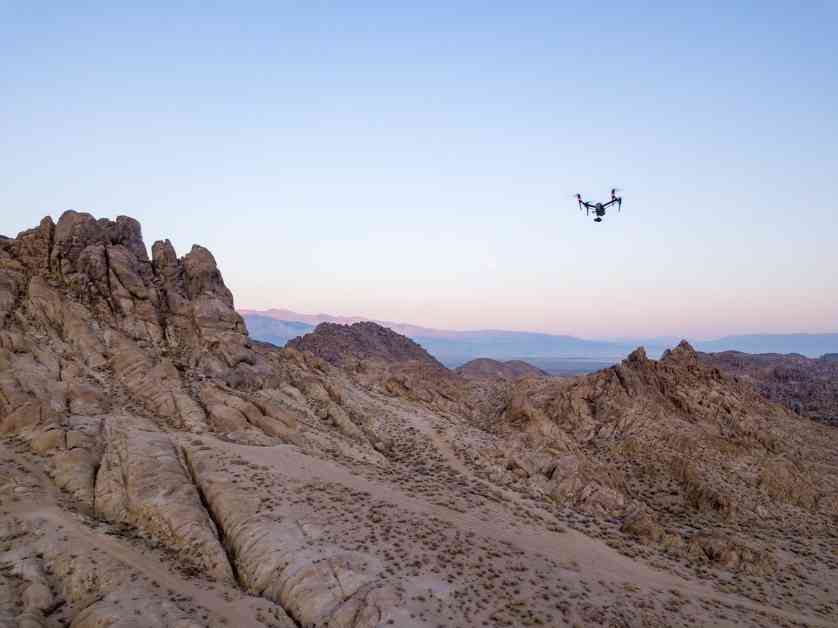In a recent incident on Broad Peak, a Scottish mountaineer who fell from an icy cliff was successfully rescued with the help of a drone. This highlights the significant impact drones are having on search and rescue operations, revolutionizing the way lost or injured individuals are located and saved in wilderness areas.
Traditionally, volunteer search-and-rescue teams had to rely on guesswork and manual searches to locate missing persons in vast remote territories. However, with the introduction of drones, the process has become more efficient and effective. Drones are now being used by SAR teams to cover large areas quickly, especially in situations that involve dangerous, dirty, or drudge work.
For example, Colorado’s Chaffee County Search and Rescue–South has integrated drones into about 20 percent of its missions, particularly those involving precarious cliffs or steep mountainsides. By using drones, the team can cover almost a square mile in an hour, a task that would take significantly longer on foot. This not only speeds up the search process but also reduces risks for rescuers.
Moreover, advancements in technology are enhancing the capabilities of drones in search and rescue operations. Artificially intelligent software, such as Loc8, can quickly analyze drone footage to identify individuals among natural features. Researchers are also developing object-detection software that can run on mobile devices, making it easier for SAR teams to locate missing persons.
In addition to visual enhancements, drones are being utilized for other purposes in search and rescue missions. For instance, drones equipped with 5G connectivity can act as repeaters in remote areas, improving communication for rescuers. These technological innovations are transforming the way search and rescue operations are conducted, making them more efficient and successful.
The potential for drones in search and rescue is vast, with ongoing research focused on improving their capabilities. Scientists are exploring new techniques, such as airborne optical sectioning, to enhance drone performance in locating individuals hidden by tree cover. By combining innovative technologies and advanced algorithms, drones are becoming invaluable tools for search and rescue teams worldwide.
As drones continue to evolve and become more sophisticated, their role in search and rescue operations is expected to expand. The collaboration between human rescuers and drone technology represents a promising future for saving lives in challenging environments. The successful integration of drones into search and rescue efforts underscores the importance of leveraging technology to enhance emergency response capabilities and ultimately save more lives.






